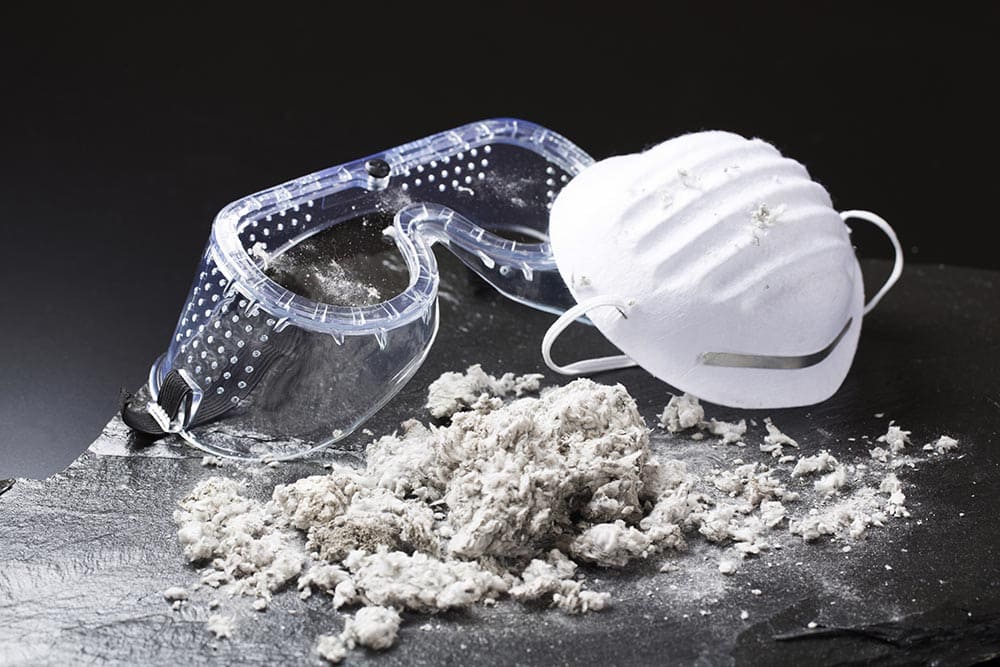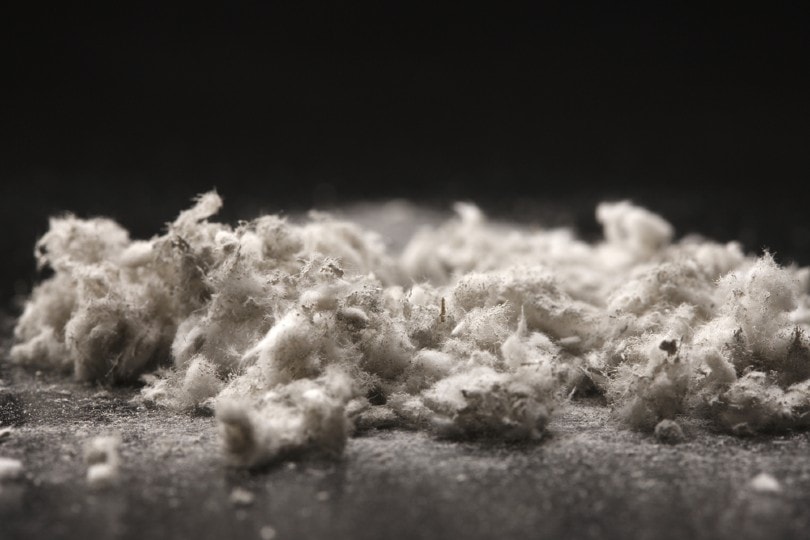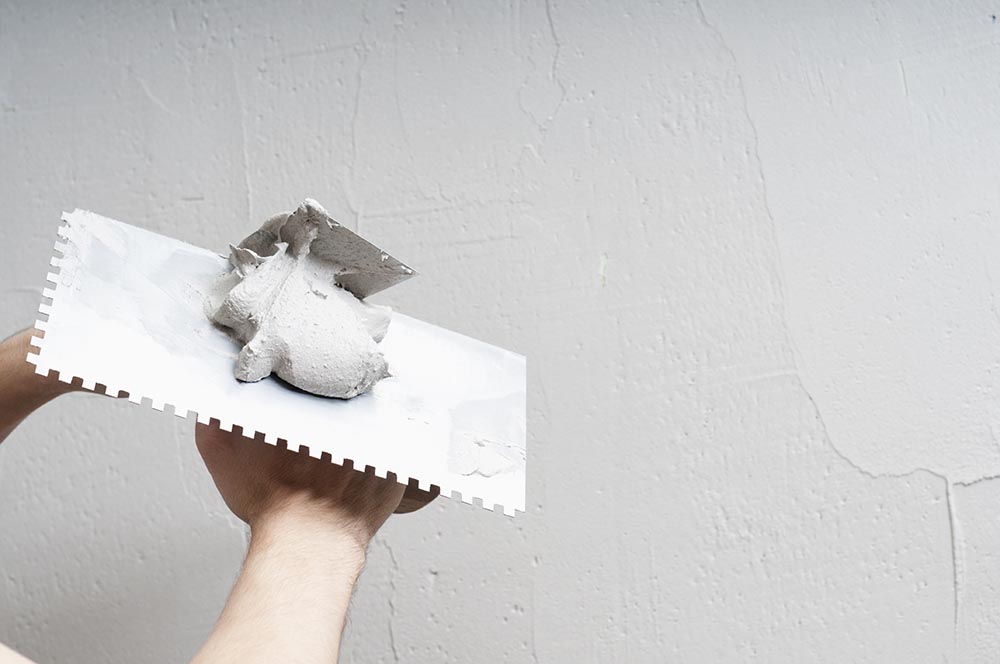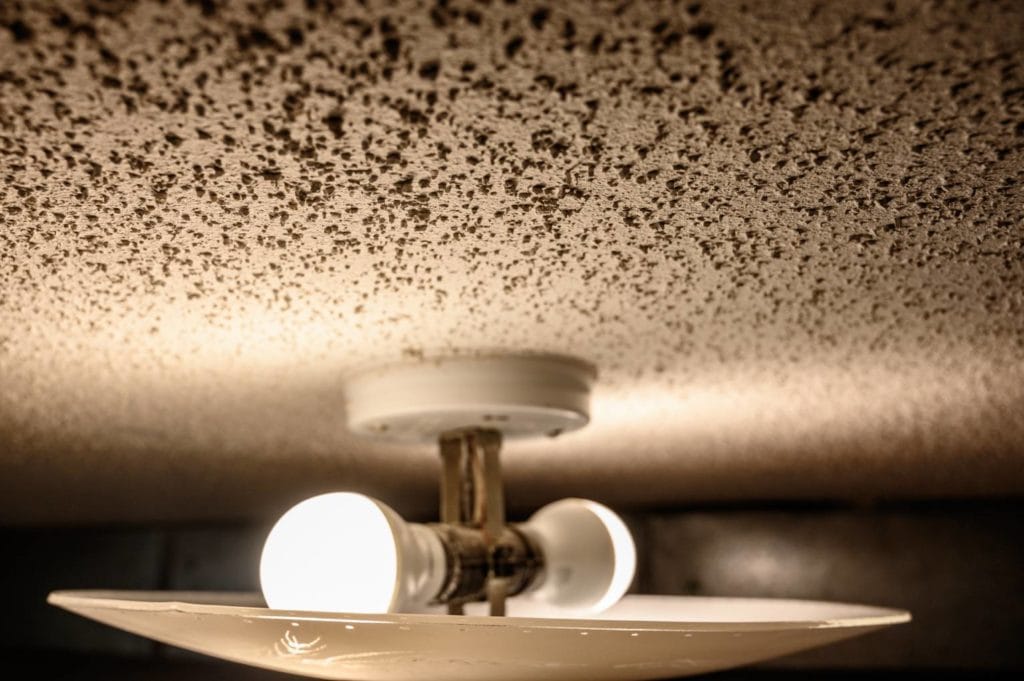Asbestos in Plaster: Risk, Facts & FAQ
-
Kristin Hitchcock
- Last updated:

For a long time, asbestos was regularly used in plaster to help with insulation. While it does have high insulating properties, it can also cause cancer. Therefore, it is not used anymore. However, it was only recently that its cancer-causing nature was determined and older homes built before the late 1980s often have asbestos in their plaster.
While not all plaster has asbestos, you should assume that any plaster in a home built before the 1980s does. To prevent mesothelioma due to asbestos exposure, we recommend getting it tested. While this costs money, it can help protect your health and those of others around you.
Who Is At Risk for Asbestos Exposure?
Today, not many people are at risk for asbestos exposure. It is no longer used in homes, so only older homes typically contain it. Even then, not everyone gets exposed to asbestos, even if it is in their walls.
Typically, the asbestos will stay put until the wall is damaged, worn, or removed. Therefore, those who are renovating old homes are at the highest risk. Usually, testing is recommended before renovating older homes for this reason, but, you don’t have to be renovating to get exposed. As a wall is worn, it will release the asbestos into the air.
On top of being in the room where asbestos is, it can also cling to shoes and garments. These can track it around. Cars owned by those exposed to asbestos are particularly at risk, as they are very small, enclosed areas.
A little asbestos goes a long way in a car.
Once asbestos is inhaled, it remains in the lungs and continues to do damage. The soft lung and throat tissues are most at risk, which is why mesothelioma can occur later after an earlier exposure.
Workers who worked next to asbestos are at the highest risk, as they were likely exposed to quite a bit of asbestos. Construction workers, renovating workers, and those living in homes with asbestos are also at risk for exposure.

What Plaster Contains Asbestos?
Asbestos is no longer used in home construction due to its link with cancer. However, there are still homes out there with older plaster that does contain asbestos. The best way to determine if your home has asbestos is to test it. However, this is expensive. There are a few warning signs you can look out for, though testing is the only way to know for sure.
If the building was built during the 1920s to 1990s, then it is a good idea to have it checked for asbestos, as it was used heavily during this period. If the home was renovated between 1920 and 2000, you should also get it checked. In this case, there is a high possibility that asbestos is within your walls.
Because asbestos was used as a fire retardant, plaster walls labeled “fire-rated” are more likely to contain this harmful material.
If you happen to have a detailed building record of your building, then you may be able to determine the risk for asbestos based on the plaster used. There are a few asbestos brands that are known for containing asbestos.
- S. Gypsum, “Acoustical”
- National Gypsum, “Gold Bond”
- Synkoloid, “Synko”
- Georgia Pacific, “Acoustical” and “Patching
While asbestos was banned in 2000, cross-contamination may put modern plaster at risk. For instance, vermiculite is commonly used as an ingredient in plaster. However, asbestos often naturally occurs near where vermiculite is mined and there is a possibility that even modern vermiculite may contain asbestos.
There have been some cases of older plaster being used illegally, as well, so even some newer homes may have asbestos in their plaster. If you’re in doubt, we highly recommend having a professional test your walls.
With that said, there are signs that asbestos might be in your home that the average person can identify.

How to Identify Asbestos in Plaster
You must have a professional test the plaster in your home to determine if it contains asbestos or not. However, there are several preliminary considerations you may want to keep in mind before you get your walls tested.
Check Dates
The first thing you should do is check the dates that your home was built or renovated. Most asbestos-containing plasters were made between 1942 and 1974. If your home was built or renovated during this time, it may contain asbestos.
With that said, asbestos was used as early as 1910 in some cases. Furthermore, just because the material was banned in 2000 doesn’t mean that companies didn’t continue to use up their current asbestos-containing supply, which was allowed in some areas.
Popcorn Ceilings
If your home has a popcorn ceiling, we recommend being extra careful about the possibility of asbestos. Many textured plaster ceilings contained asbestos, especially between the 1950s and 1970s. However, some asbestos-containing materials will fall outside of these ranges.
Furthermore, popcorn ceilings tend to break apart and the chance of them introducing asbestos into the air is higher than most materials.

Damaged Walls
If any walls are damaged, they may release asbestos into the air. While plaster containing asbestos can never be considered “safe,” it isn’t a health risk if it is in good condition. Any sort of damage will release the asbestos, though. We recommend quickly getting any walls tested if your home is older and if they become damaged.
You don’t necessarily have to sample the wall if it remains in good condition. Taking a sample will damage the wall, which will release asbestos. It is typically best to leave it alone until the wall becomes damaged or you decide to do renovations.
Conclusion
Getting your home checked for asbestos can be expensive. However, there are a lot of potential health risks that may occur from inhaling this material. It will stay in your lungs and throat forever, constantly causing damage. Eventually, this can lead to cancer.
It is vital to avoid this material as much as possible. Luckily, it is banned in the United States, but some older homes may still contain asbestos. Therefore, if you’re living in an older home, you should get damaged walls tested ASAP to ensure that they aren’t releasing asbestos. You should also get any popcorn or textured plaster tested, as these are easily damaged.
Featured Image Credit: HikoPhotography, Shutterstock
Contents

